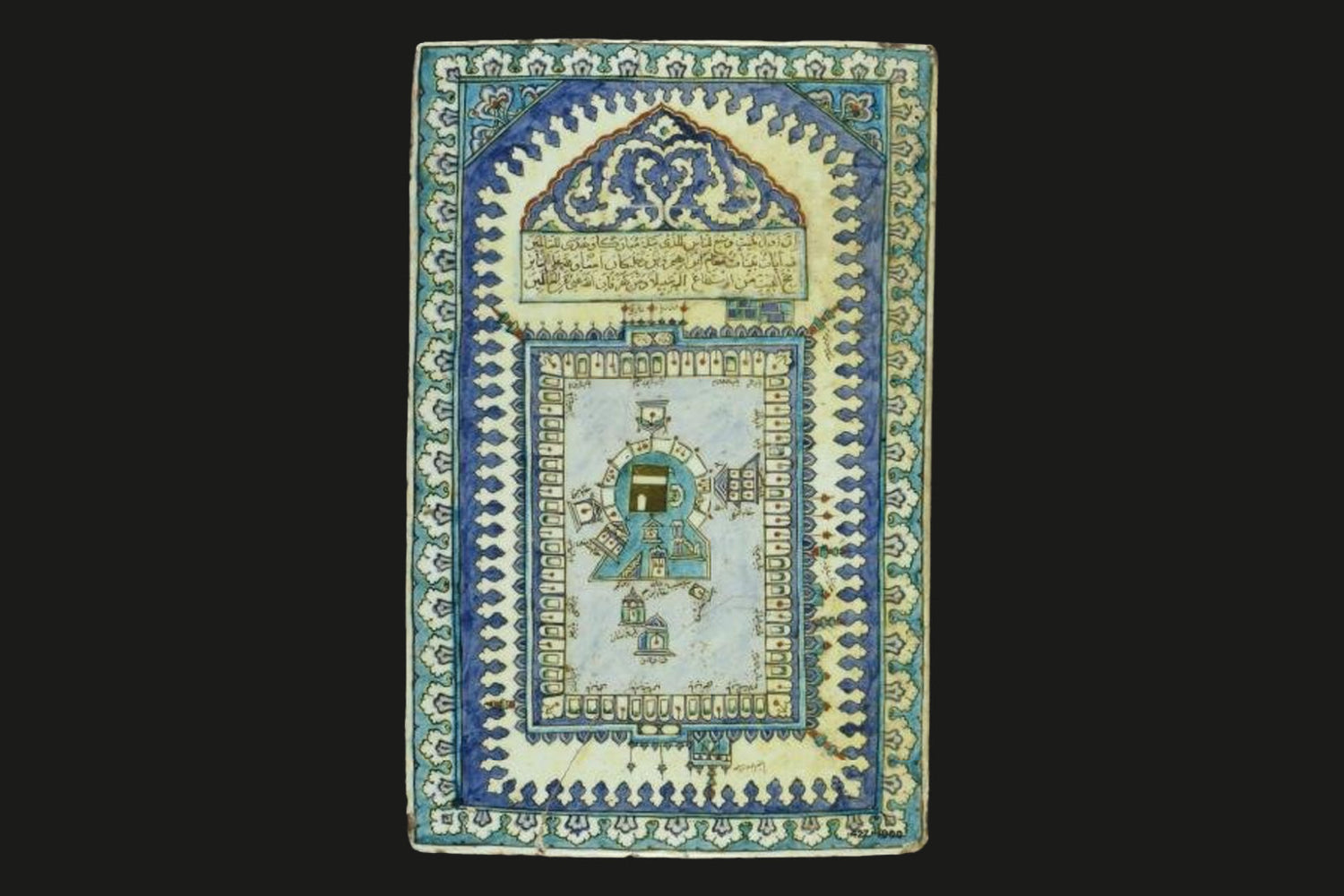The 18th century of the Ottoman Empire was witnessing a wave of transformation in architecture and art. One of the most significant influences of this wind was the challenges faced by tile art. While tile art, a part of the cultural and aesthetic heritage of the period, struggled to survive, Nevşehirli Damad İbrahim Pasha, an influential figure of the Tulip Era, took a historic step to revitalize this art form. The tile workshop he opened in the Tekfur Palace in the heart of Istanbul not only transformed the fate of an art form but also breathed new life into Ottoman aesthetics. In this article, we will explore the founding story of the Tekfur Palace tile workshop, its role in Ottoman culture, and the workshop's impact on art history.
The Establishment and Importance of the Tekfur Palace Tile Workshop
This workshop was established to continue the production of traditional İznik tiles. Although it fell short of the desired technical and aesthetic standards, it nevertheless made a significant impact on Turkish tilemaking. In the early 18th century, at a time when tile production in İznik and Kütahya had almost come to a halt, the establishment of this workshop was deemed a necessity. Especially after Sultan Ahmed III placed a large tile order for Kütahya in 1709, tile production in these two centers virtually ceased. Historical documents clearly demonstrate that no new orders were placed in İznik or Kütahya during this period.
The Impact of Political and Social Changes of the Period on Tile Art
During this period, significant changes occurred in architectural and decorative design, as well as in the context of war and political factors. Ottoman statesmen began to prioritize Western-style private residences and interior decoration over religious and social structures that symbolized their wealth and wealth. This new approach, which became widespread during the Tulip Era (1718-1730), departed from classical Ottoman interior decoration and reduced the need for tile. Religious buildings, too, remained quite limited compared to the ambitious architectural and decorative practices that relied on economic resources.
Social and architectural changes during this period played a significant role in the reorientation of Ottoman tilemaking, and the Tekfur Palace tile workshop was at the center of this transformation. This workshop represents both a turning point in Ottoman art history and is considered a critical step in the continuation of tile art.
Establishment and Activities of Tekfur Palace Workshops
In 1718, under the leadership of Damad İbrahim Pasha, a prominent statesman of the Ottoman Empire, the Tekfur Palace tile workshops were established near the historic Byzantine Blakharna Palaces in the Eyüp district of Istanbul. This initiative began with craftsmen brought from İznik. Establishing the workshops involved determining the shape and size of the kilns required for tile production, procuring raw materials, and planning the production processes. According to the Divan records of the period, a large portion of the materials needed for the workshops were sourced from outside Istanbul. This is considered one of the factors affecting the continuity of production. Despite various interruptions, the workshops operated for approximately 15 years, ceasing production in 1735.
Unique Characteristics of Tekfur Palace Tiles
Tekfur Palace tiles are notable for their unique characteristics: 1. Clay Structure: Similar to İznik tiles, but with a less homogeneous texture. The clay is pinkish yellow and contains lead. 2. Color and Pattern: These tiles are decorated with brownish pale red, cobalt blue, navy blue, turquoise, green, and yellow, along with black contour lines. 3. Motifs: In addition to İznik motifs and their variations, three-dimensional and perspective depictions such as baroque-influenced flowers, large roses, slender tulips resembling spikes, and depictions of the Kaaba distinguish Tekfur Palace tiles from others.
Architectural Works Using Tekfur Palace Tiles
Tiles produced in the Tekfur Palace workshops not only enlivened the new architectural structures of the period but also adorned some older structures. For example, the mihrab of the Üsküdar Yeni Valide Mosque, built in 1710, may have been decorated with the first products of these workshops. The date and the name of the maker on the tiles used in the Cezeri Kasım Pasha Mosque are a significant characteristic of tiles from this period. Other important structures in Istanbul featuring tiles produced in the Tekfur Palace workshops include the Sultan Ahmed III Fountain, the Hagia Sophia Library, the Balat Ferruh Kethüda Mosque, the Mantle of the Saadet (Hırka-i Saadet) Chamber of Topkapı Palace, and the Valide Taşlığı (Virgin Stone Pavilion). Furthermore, the fireplace from the Fuat Pasha Mansion in Kanlıca, which burned down in 1864 and has not survived to this day, was taken to England at an unknown date and is on display at the Victoria and Albert Museum.
The Tekfur Palace tile workshops have gone down in history as a symbol of the Ottoman Empire's efforts to renew tile art. The tiles produced in these workshops constitute a significant part of Ottoman art history, both for their aesthetic qualities and the historical structures in which they were used. This artistic legacy continues to attract the attention of art lovers both in Türkiye and worldwide.




